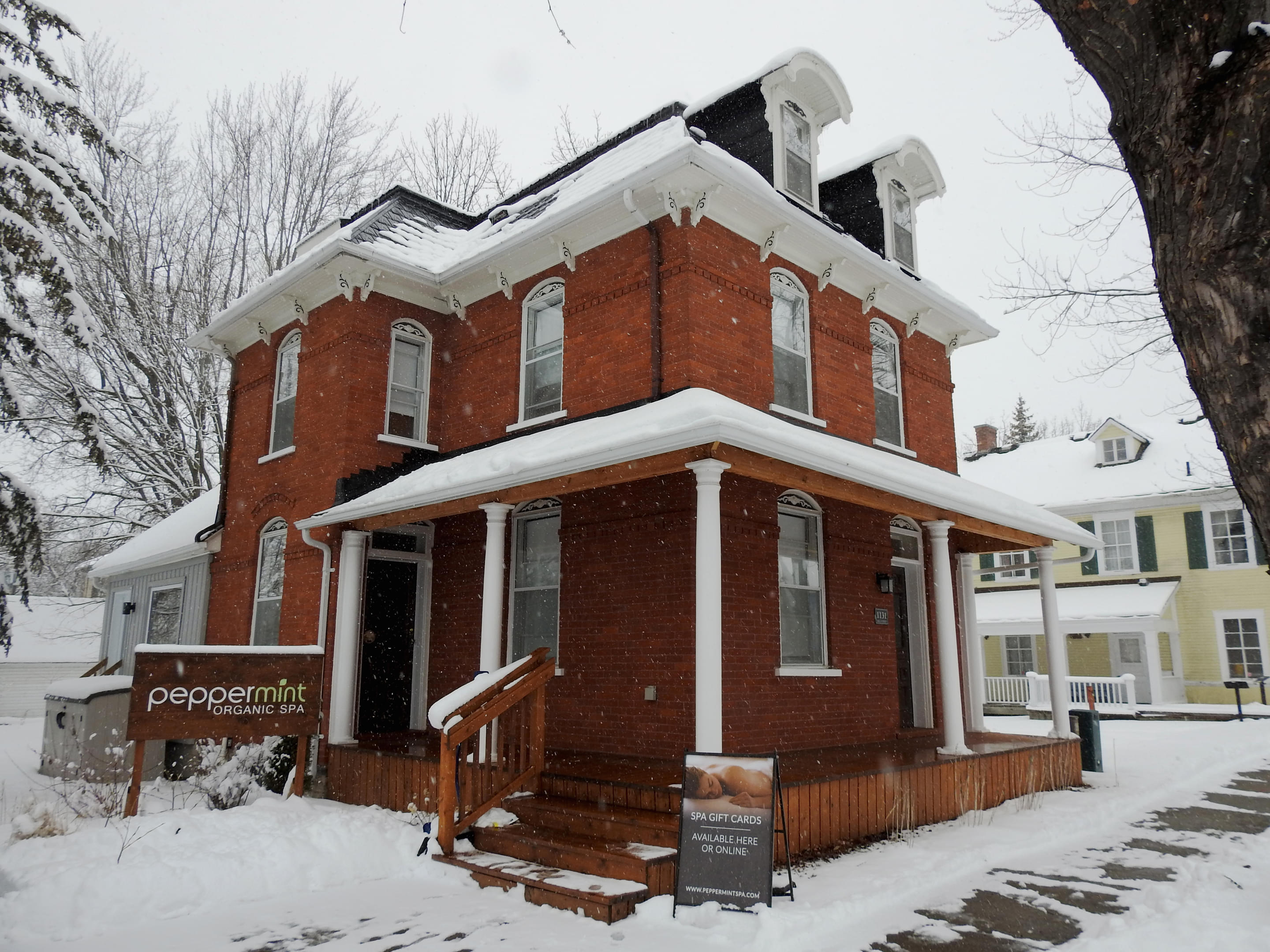About Weaver’s House
The Weaver's House has two levels; the loom is located on the second level, which is reached by a ladder. The house, saved from destruction in the 1990s, has been returned to the way it looked in 1540, with the help of historical documents and artefacts such as bits of wallpaper from succeeding eras. Woad and madder, both natural dyes, would have been grown in the mediaeval garden behind the Weaver's House, along with other edibles, flavourings, medicinals, and household staples. Throughout the spring and summer, the house is available for tours on specific days. These Open Days are always free to attend, however donations are always appreciated. On Open Days, lectures on John Croke's life and the background of the terrace's structures are given. Additionally, there are frequent demonstrations of mediaeval crafts including spinning, weaving, and dyeing.
Check This Out: Things To Do In Oxford
Weaver’s House Highlights
• Through their recreation of mediaeval life in The Weaver's House and Garden, they invite city dwellers to try their hand at jobs that would have been common in that era.
• The Beekeepers Association of Coventry will be on board to talk about their time-honored trade, and the Warwickshire Art & Craft Circle will demonstrate their woodcarving and textile arts.
• Braiding and spinning demonstrations are also planned, courtesy the Weavers' Workshop and the The Guild of Weavers, Dyers, and spinners hailing from the Coventry Branch.
• You can sample Coventry God Cakes,delectable delicacies, and other refreshments from the Heritage Cake Company.
